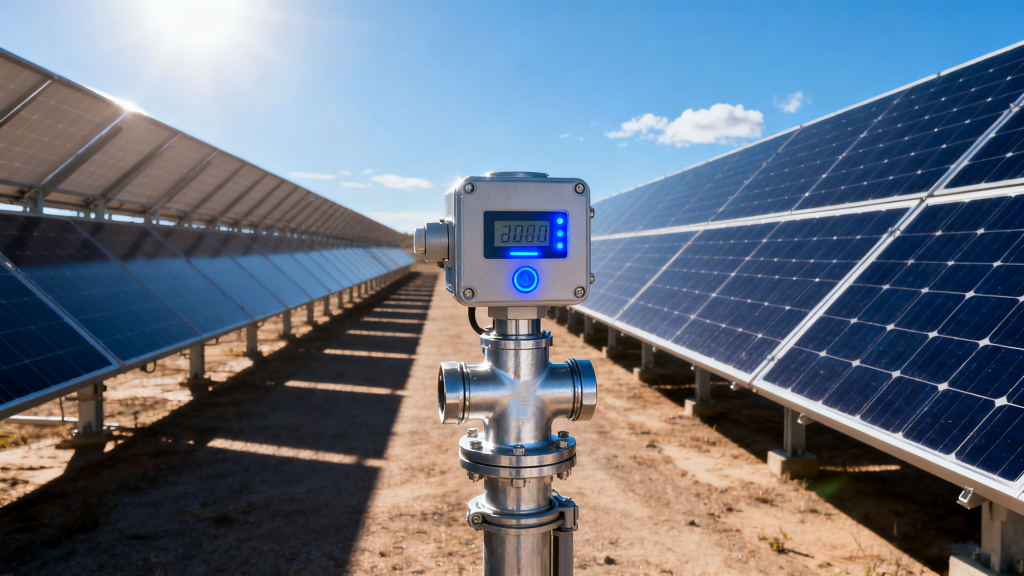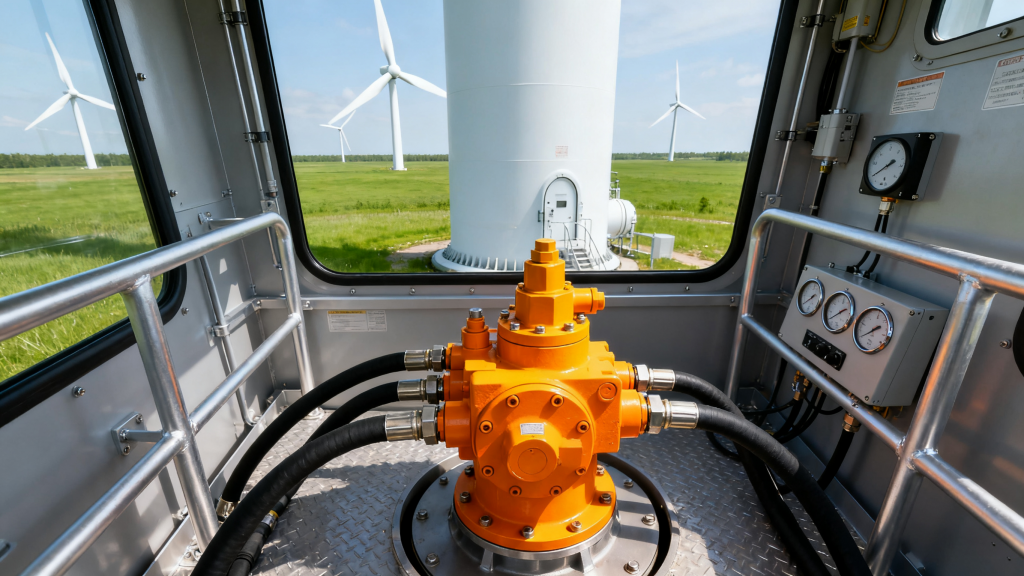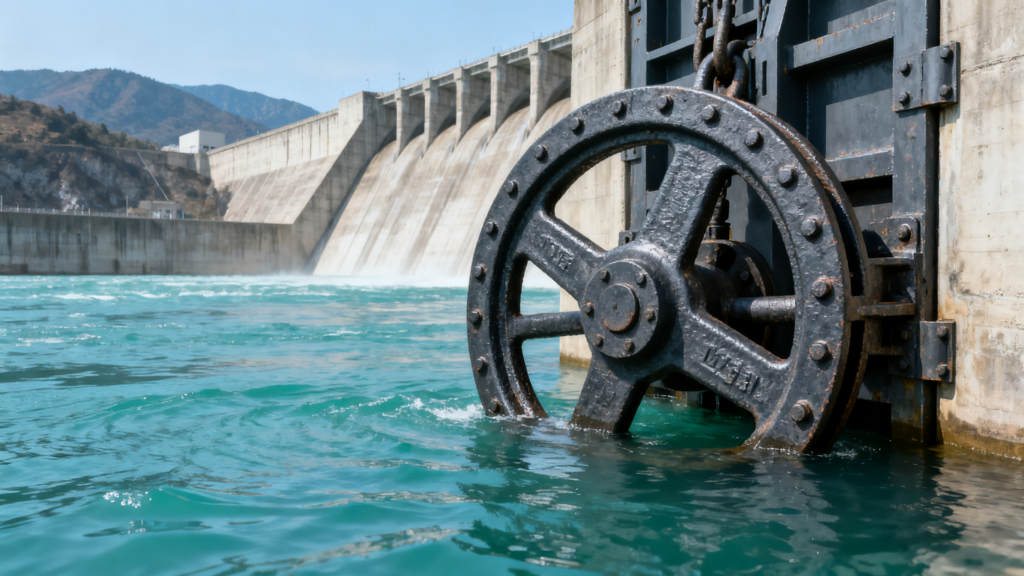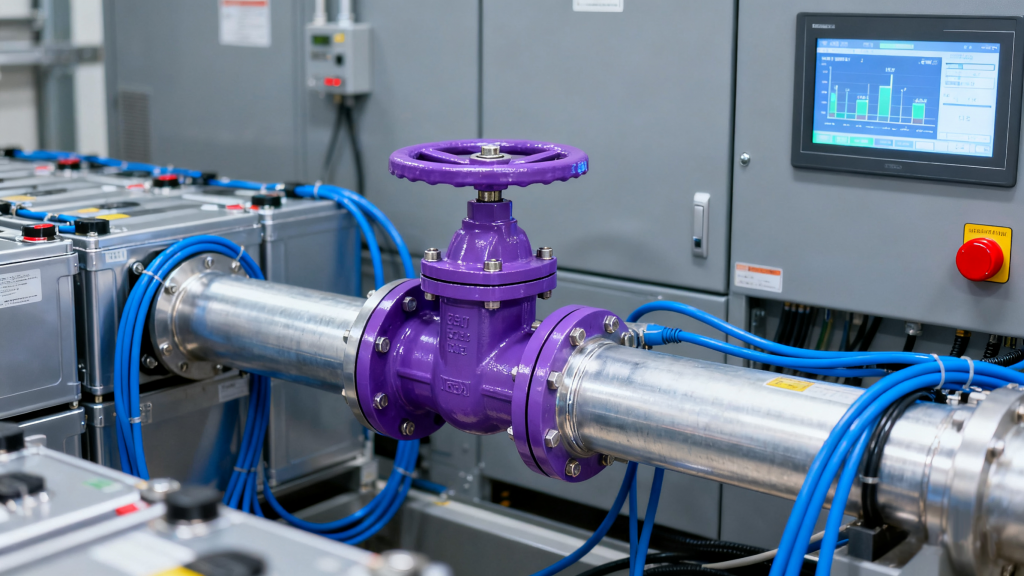Choosing the right industrial valves for renewable energy system is very important. Valves do more than just open and close — they control flow, pressure, and safety. In renewable energy, valves keep solar, wind, hydropower, hydrogen, and bioenergy systems running smoothly. The right choice ensures the system works safely, saves energy, and reduces the risk of breakdowns. Good renewable valves also lower maintenance costs and help the whole project succeed in the long term.
1.Define the Renewable Energy Systems
The first step is understanding the type of energy application. Each system has unique requirements:
- Solar thermal plants – Need valves that can handle very hot fluids and control their flow carefully.
- Hydropower – Need big butterfly valves to control lots of water.
- Wind – Use automated valves for cooling or lubrication.
- Hydrogen and bioenergy – Need valves that resist corrosion and are safe with flammable or strong chemicals.

2.Assess Flow and Size Requirements
Valves must fit the system’s pipes and flow. A valve that is too small blocks water or fluid. A valve that is too big can cause rough flow and wear out faster. Calculating the valve’s flow rate (Cv) helps pick the right size. Large butterfly valves in hydropower plants handle thousands of gallons per minute, while precision ball valves and control valves are preferred in solar thermal or hydrogen systems. Proper sizing enhances efficiency and reduces maintenance.
3.Consider Temperature Conditions
Temperature is very important. Some systems are very hot, so valves must handle heat. Others are very cold, like offshore wind turbines, so valves must resist freezing and stay flexible. Selecting materials and seals compatible with both process and ambient temperatures extends valve life and ensures safety.
4.Match the Valve to Its Function
Valves serve different purposes depending on the system requirements:
- Shut-off – Ball valves and gate valves are ideal for quickly stopping flow.
- Flow regulation – Control valves allow precise flow management where efficiency depends on accuracy.
- Pressure relief – Pressure relief valves protect equipment from overpressure.
- Backflow prevention – Check valves prevent backflow, important in hydrogen or bioenergy applications.
Choosing a valve that matches its intended function improves safety, reduces wear, and enhances overall system performance.
5.Check Media Compatibility
Different fluids or gases need different valves. Hydrogen needs safe, leak-proof valves. Seawater needs valves that do not rust. Other liquids may need special materials. Bioenergy fluids and chemical additives can also attack certain metals, seals, or coatings. Selecting compatible materials for ball valves, butterfly valves, check valves, and control valves prevents leaks, reduces maintenance, and improves safety.

6.Choose the Right Valve Type / Material / Actuation
Selecting the correct valve type is essential for efficiency and safety:
- Ball valves – Quick shut-off; ideal for solar and hydrogen systems.
- Butterfly valves – Handle large flows; suitable for hydropower.
- Gate valves – Provide tight shut-off; used to isolate pipeline sections.
- Globe valves – Enable precise flow control.
- Check valves – Prevent backflow; important in bioenergy and hydrogen systems.
- Control valves – Support automated systems, maintaining flow and pressure.
7.Select Durable Materials
Material selection is key to valve longevity. Stainless steel offers corrosion resistance for hydrogen, bioenergy, and seawater. Duplex alloys endure harsh offshore conditions. High-temperature composites are suitable for solar thermal systems, and special coatings can extend valve life in chemically aggressive environments.
8.Decide on Actuation Method
Valve operation can be manual, pneumatic, hydraulic, or electric. Manual valves are cost-effective for small-scale systems, while pneumatic and hydraulic valves suit high-speed or heavy-duty applications. Electric actuated valves support automation and remote control, commonly used in solar, hydrogen, and bioenergy plants. Smart or automated valves improve efficiency and reduce operator intervention.
9.Ensure Compliance with Standards
Compliance ensures safety, reliability, and regulatory approval. Standards such as API, ASME, and ISO provide benchmarks for pressure, materials, and performance. Renewable energy projects may also have local or international regulations, particularly for offshore wind or hydrogen facilities. Certified valves reduce risk, ensure approval, and maintain project credibility.

10.Evaluate Supplier and Delivery Factors
Choosing the right supplier is as important as selecting the valve. Reliable suppliers provide timely delivery, consistent quality, and technical support. Delays or poor support can impact project schedules and maintenance. Access to spare parts and selecting reputable suppliers ensure compliance, reduce downtime, and support long-term performance.
11.Plan for Reliability and Maintenance
Even the best valves require proper care. Preventive maintenance, including inspections, lubrication, and cleaning, extends valve life. Predictive maintenance using sensors or IIoT monitoring helps detect wear or leaks before issues escalate. Staff training on proper operation further enhances reliability and safety, reducing costs and downtime.
12.Case Studies
Real-world examples demonstrate best practices:
- Solar thermal plant – Replacing undersized ball valves with high-temperature control valves reduced downtime and improved efficiency.
- Hydropower dam – Upgrading to corrosion-resistant butterfly valves minimized leaks and extended service life.
- Hydrogen storage facility – Switching to leak-tight, certified ball and check valves ensured safety and regulatory compliance.
13.Future Trends in Valve Selection
Advancements in renewable energy drive demand for smart, automated, and energy-efficient valves. IoT-enabled valves provide real-time monitoring and predictive maintenance. Energy-efficient designs reduce pressure loss, while advanced alloys and composites extend lifespan. Staying informed about these trends ensures sustainable procurement and long-term operational excellence.

14.Key Takeaways
For procurement teams, selecting valves involves more than cost. Matching valve type to function, ensuring compliance, evaluating suppliers, planning maintenance, and considering future trends ensures optimal performance, safety, and sustainability.
Conclusion
Valves are not just components—they are critical elements that keep renewable energy systems running safely and efficiently. Investing time in proper valve selection today pays dividends in reliability, cost savings, and operational excellence tomorrow.